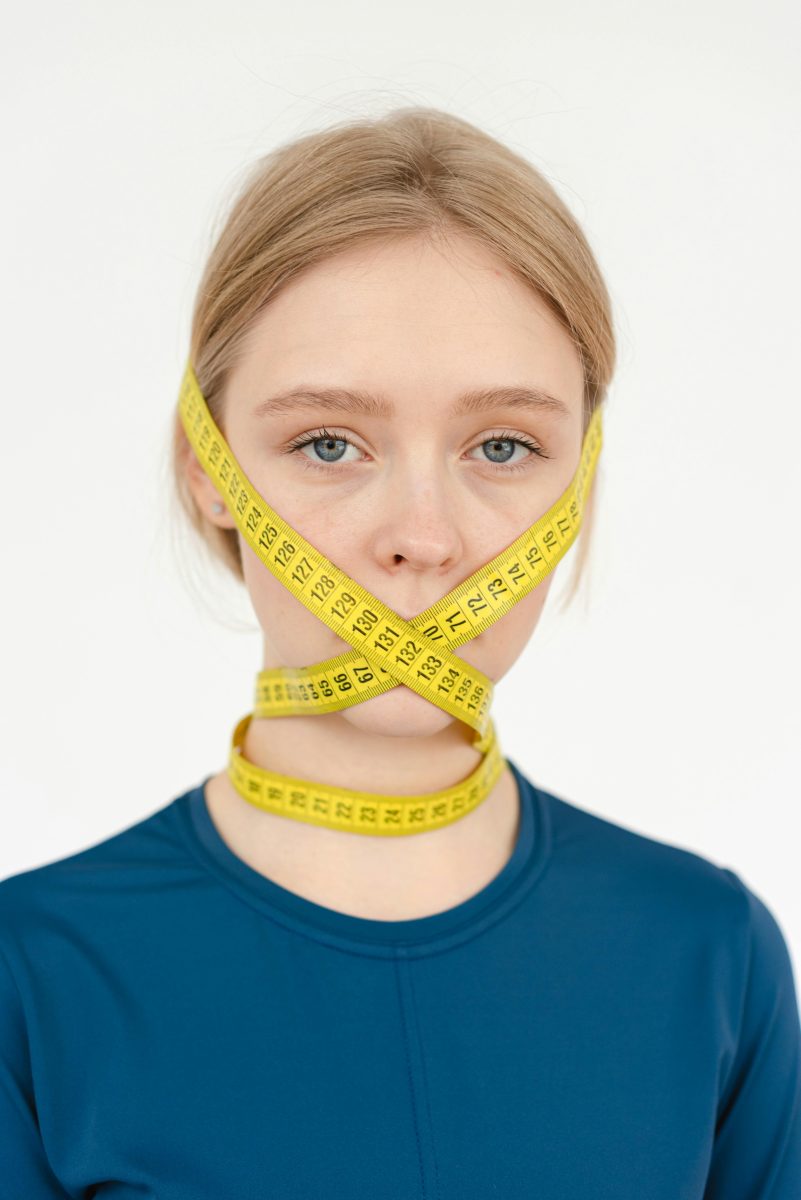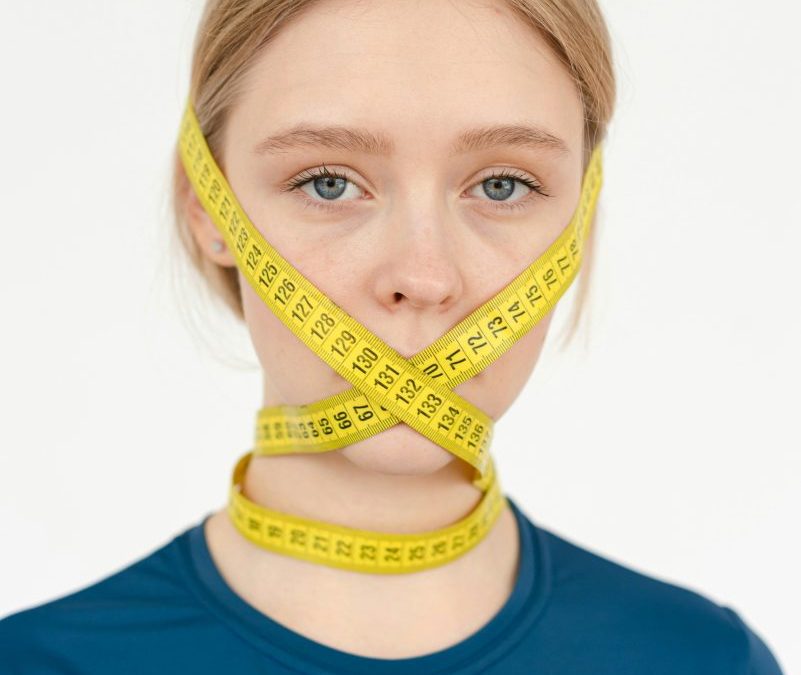Last Updated on: 14th July 2024, 09:36 am
Understanding Seasonal Affective Disorder (SAD)

Seasonal Affective Disorder (SAD) is a type of depression that emerges at specific times of the year, typically in fall and winter, when daylight hours are shorter. It’s more than just the “winter blues”; SAD can significantly impact one’s daily life. Symptoms range from mood swings and low energy to sleep issues and changes in appetite or weight. Diagnosis involves a careful evaluation of these symptoms, considering their seasonal pattern and ruling out other potential causes.
- Prevalence: Varies by geography and age, with individuals living farther from the equator and younger adults being more susceptible.
- Gender: Women are diagnosed with SAD more often than men.
- Understanding who is most at risk can help in early identification and management of this condition.
- Recognizing the signs early on is crucial for effective treatment and can significantly improve quality of life during the darker months of the year.
Combatting Seasonal Affective Disorder with Fitness


The Link Between Physical Activity and Mental Health
Physical activity is a powerful tool for enhancing mental well-being. When we exercise, our brain undergoes positive changes that can combat the symptoms of Seasonal Affective Disorder (SAD). Engaging in regular physical activity can significantly improve mood, reduce anxiety, and increase energy levels. This is not just about feeling good in the moment; it’s about creating lasting changes in brain chemistry and function.
- Endorphins: Often referred to as the body’s natural painkillers and mood elevators.
- Neurotransmitters: Physical activity stimulates the release of serotonin and dopamine, crucial for mood regulation.
- A happier, more balanced state of mind is the result of regular physical activity.
Moreover, exercise can act as a distraction, allowing you to find some quiet time to break out of the cycle of negative thoughts that feed depression and anxiety. It’s about more than just the physical benefits; it’s a holistic approach to managing SAD. By incorporating regular physical activity into your routine, you’re not just working out your body; you’re healing your mind.
Combatting Seasonal Affective Disorder with Fitness
Types of Physical Activities Beneficial for SAD
- Outdoor Activities: Walking, hiking, or gardening can provide vitamin D and reconnect you with nature.
- Aerobic Exercises: Running, cycling, and swimming boost mood and energy levels through endorphin release.
- Strength Training: Builds resilience against SAD, improving self-esteem and mood.
- Yoga and Mindfulness: Reduce stress and anxiety, alleviating physical symptoms of depression.
Incorporating a variety of these physical activities into your routine can offer a holistic approach to managing Seasonal Affective Disorder. Each activity brings its unique benefits, contributing to a comprehensive strategy that addresses both the physical and mental challenges of SAD. So, lace up your sneakers, unroll your yoga mat, and take a step towards brighter days.
Developing a Fitness Plan to Combat SAD

Assessing Personal Fitness Levels and Finding a Starting Point
Begin by evaluating your current fitness level. This initial step is crucial for setting a foundation that aligns with your capabilities and goals. Whether it’s a brisk walk or a light jog, identifying a starting point ensures a tailored approach to fitness, minimizing the risk of injury and maximizing potential benefits.
Setting Realistic Goals and Tracking Progress
- Set achievable goals: Clear objectives provide direction and motivation.
- Track progress: Use fitness apps or a journal for tangible evidence of your journey.
Incorporating Variety to Stay Motivated
Variety is the spice of life and the essence of a sustainable fitness routine. Mixing different types of exercises, from yoga to strength training, not only prevents boredom but also challenges different muscle groups, enhancing overall fitness and keeping motivation high.
The Importance of Consistency and Routine
Consistency is key. Establishing a routine fosters discipline and transforms exercise into a habit, integral to daily life. This regularity is vital in combating SAD, as it ensures continuous engagement with activities that boost mood and mental health. Remember, it’s not about intensity; it’s about consistency.
Developing a fitness plan to combat Seasonal Affective Disorder (SAD) is a multifaceted approach that begins with self-assessment and evolves into a structured yet flexible routine. By setting realistic goals, embracing variety, and prioritizing consistency, individuals can harness the power of physical activity to mitigate the symptoms of SAD, paving the way for improved mental health and well-being.
Overcoming Barriers to Exercise in the Colder Months

Strategies for Indoor Exercise
When the temperature drops, the warmth of your home becomes more inviting. This is the perfect time to explore indoor exercises. From online fitness classes to yoga and Pilates, options abound. Setting up a small, dedicated workout space can motivate you to engage in physical activity. Remember, even simple activities like dancing to your favorite music or climbing stairs count.
Dressing for Outdoor Activities in Cold Weather
Don’t let the cold keep you indoors. Dressing in layers is key to staying warm and comfortable while exercising outside. Start with a moisture-wicking base layer to keep sweat at bay, add an insulating layer to retain heat, and finish with a waterproof outer layer to protect against wind and snow. Don’t forget gloves, a hat, and thermal socks to keep extremities warm.
Finding Motivation and Accountability
Finding a workout buddy or joining a fitness group can significantly boost your motivation. Sharing your goals with someone else creates a sense of accountability, making you more likely to stick with your exercise routine. Social media and fitness apps also offer communities where you can find support and encouragement. Celebrate your progress together, and you’ll find the cold months passing by with ease and enjoyment.
Overcoming the barriers to exercise during the colder months is crucial for combating Seasonal Affective Disorder (SAD). By finding effective strategies for indoor workouts, dressing appropriately for outdoor activities, and seeking motivation through companionship, you can maintain your physical and mental health throughout the season. Let’s embrace the challenge and turn the colder months into an opportunity for growth and well-being.
Integrating Fitness into Your Overall Treatment Plan for SAD

Collaborating with Healthcare Professionals
Creating a holistic approach to combat Seasonal Affective Disorder (SAD) involves collaboration with healthcare professionals. They can help tailor a fitness regimen that complements other treatment modalities, ensuring a well-rounded strategy for managing SAD.
Nutrition’s Role Alongside Fitness
- Alongside fitness, diet and nutrition play a critical role.
- A balanced diet rich in vitamins and minerals supports energy levels and mood.
- Enhancing the benefits of your fitness routine, they form a powerful duo in your arsenal against SAD.
Recognizing the Need for Adjustment
It’s essential to recognize when it’s time to seek additional help or adjust your strategy. If symptoms persist or worsen, consulting with a professional can provide new insights and directions for your treatment plan.
Integrating fitness into your treatment plan for SAD is not a one-size-fits-all solution. It requires personalization, patience, and the willingness to adapt as needed. With the right combination of exercise, nutrition, and professional guidance, you can create a robust defense against the seasonal slump.
Success Stories and Motivation: Fitness as a Beacon of Light for SAD
Real-life Triumphs Over SAD Through Fitness
- John found solace in morning runs, witnessing the sunrise and feeling a sense of renewal with each step.
- Sarah embraced yoga, finding her breath and balance not just on the mat but in her life, easing the weight of SAD.
Their journeys inspire, showcasing the transformative power of physical activity on mental health.
Embarking on Your Fitness Journey: Tips and Encouragement
- Start with small, manageable steps. A walk around the block. Ten minutes of stretching.
- The key is consistency. Celebrate every victory, no matter how small.
- Remember, you’re not alone. Countless others are on this journey, fighting the same battle against SAD with fitness as their ally.
Maintaining momentum is crucial. Set realistic goals. Find activities you enjoy. And perhaps most importantly, be kind to yourself. Some days will be harder than others. On those days, remind yourself why you started. Your mental health is worth every drop of sweat.
Resources and Support: You’re Not Alone
Support is closer than you think. From local fitness groups tailored for individuals battling SAD to online communities where stories and tips are shared, there’s a wealth of resources at your fingertips. Organizations like the National Alliance on Mental Illness (NAMI) offer guidance and connections to support groups. Fitness apps and social media platforms also provide spaces for encouragement and accountability. Reach out, join in, and let the collective strength of the community propel you forward.
Remember, integrating fitness into your life as a strategy to combat SAD is a journey of self-discovery and resilience. Every step you take is a step towards a brighter, healthier you. Let the success stories of others be your motivation and the tips your guide. With the right support and resources, you can write your own success story.
In Closing
Fitness shines as a beacon against SAD. It’s a journey of resilience and renewal. Through the interplay of physical activity and mental health, individuals find a powerful ally in combating Seasonal Affective Disorder. Success stories and diverse strategies underscore the transformative potential of integrating fitness into one’s life, offering hope and a path forward. Let’s lace up our shoes and step into a brighter, healthier future together.
Seasonal Affective Disorder: Combatting SAD with Fitness FAQs
Exercising in the morning can be particularly effective for combating SAD as it helps kickstart the day with a boost in mood and energy. Morning exercise can also help regulate the body’s internal clock, improving sleep patterns and overall well-being. However, the best time is ultimately when it fits into one’s schedule consistently, as regularity is key to combating SAD with fitness.
Yes, exercise can significantly help with Seasonal Affective Disorder. Regular physical activity increases serotonin and endorphin levels in the brain, which can improve mood and alleviate symptoms of depression. Additionally, exercise can help regulate your circadian rhythm, leading to better sleep patterns and mood regulation.
Yes, outdoor exercise can improve the effects of SAD more than indoor exercise due to the exposure to natural light. Natural light can help regulate your body’s internal clock and increase levels of vitamin D, both of which can reduce SAD symptoms. Even on cloudy days, outdoor light can be stronger than indoor light, making outdoor activities particularly beneficial.
Strength training can be as effective as aerobic exercise in treating SAD by reducing anxiety, depression, and improving self-esteem. The act of lifting weights or engaging in resistance training stimulates the release of endorphins, which are natural mood lifters. Additionally, the progressive nature of strength training can provide a sense of accomplishment, further boosting mood.
Someone with SAD can stay motivated to continue exercising by setting realistic goals, finding a workout buddy, or joining a group class to create a sense of accountability. Incorporating variety into the exercise routine can keep it interesting and reduce boredom. Additionally, focusing on the positive feelings and improvements in mood after exercising can reinforce the habit.
Yoga helps with SAD by combining physical movement, breath control, and meditation, which together can enhance mental well-being. The practice of yoga can decrease stress, improve concentration, and promote a balanced mood, all of which are beneficial for individuals suffering from SAD. Moreover, the mindfulness aspect of yoga encourages a connection between body and mind, offering a holistic approach to managing SAD symptoms.
To feel the benefits of exercise for SAD, aim for at least 30 minutes of moderate-intensity exercise most days of the week. This duration is sufficient to stimulate the release of mood-enhancing chemicals in the brain. However, even shorter periods of physical activity can be beneficial and should be encouraged if time is limited.
It is safe to exercise outdoors in winter for someone with SAD, provided they dress appropriately for the weather and take necessary precautions to avoid slipping on ice. Layering clothing, wearing reflective gear, and choosing footwear with good traction can help mitigate the risks. Additionally, selecting the warmest part of the day for outdoor activities can enhance safety and comfort.
Fitness plays a crucial role in managing SAD during the summer months by maintaining the routine and benefits achieved during the colder months. Regular exercise helps in regulating sleep patterns, reducing stress, and maintaining a healthy level of physical activity, which are all important in managing SAD year-round. Additionally, the continuation of a fitness regimen can prevent the decline in mood that may occur with the change of seasons.
Aerobic exercises, such as running, swimming, or cycling, are most effective for combating SAD. These activities increase heart rate and blood flow, leading to the release of endorphins and an improvement in mood and energy levels. Consistency and enjoyment of the activity are key factors in its effectiveness against SAD.
Orlando is a all round athlete from Australia, now resident in Germany. His sports of passion of American Football(Offensive line), weight training and indoor rock climbing where he uses his 195cm wing span to his advantage.



